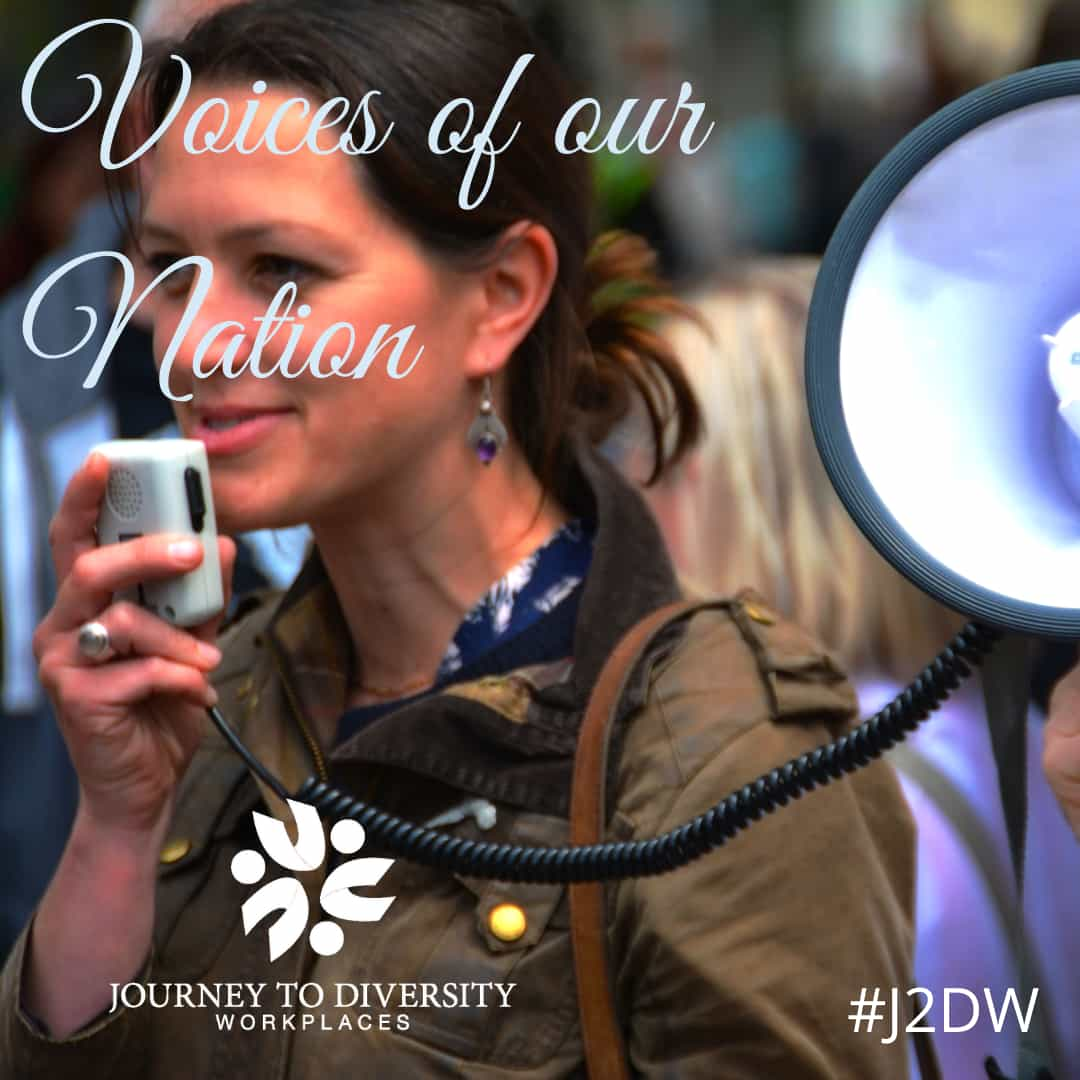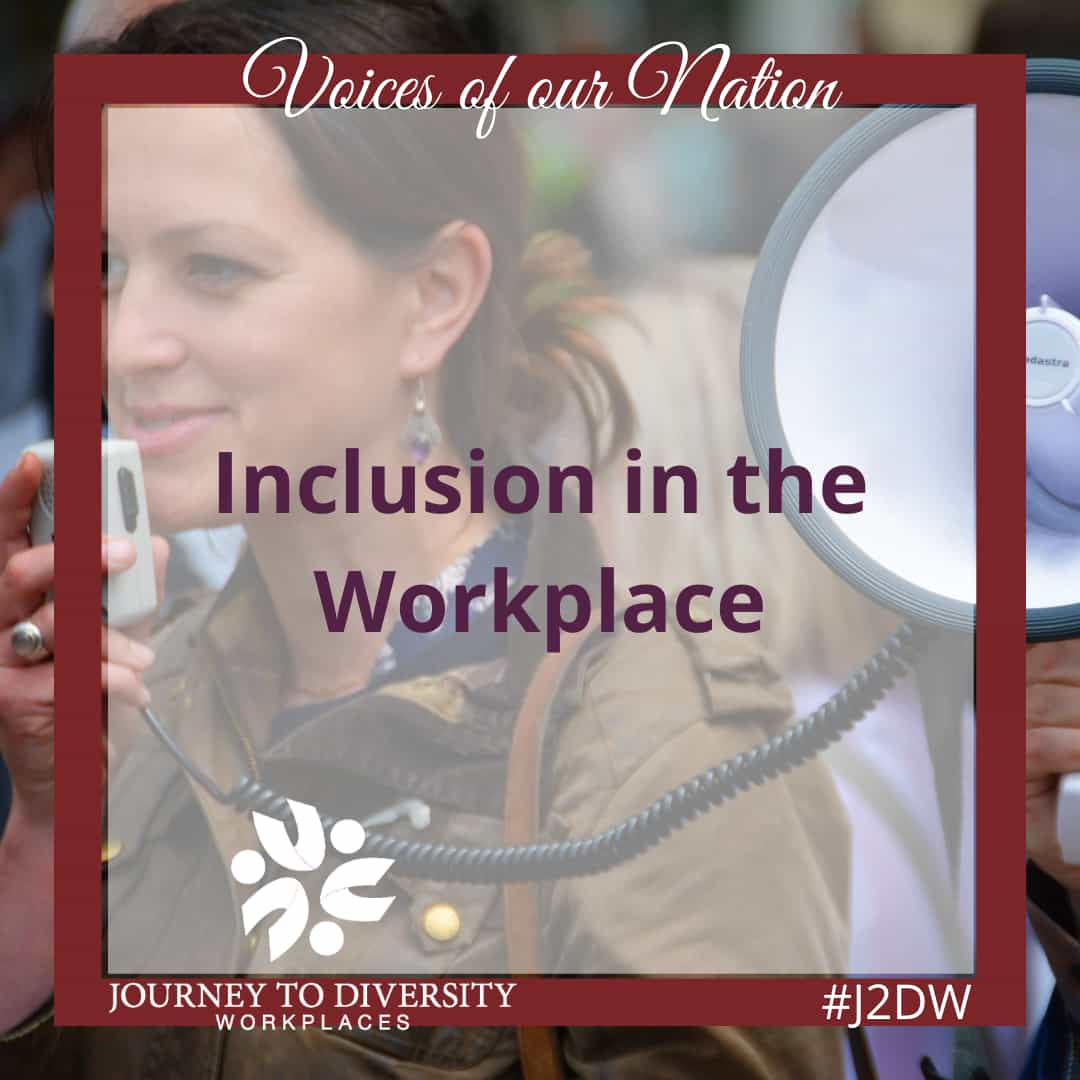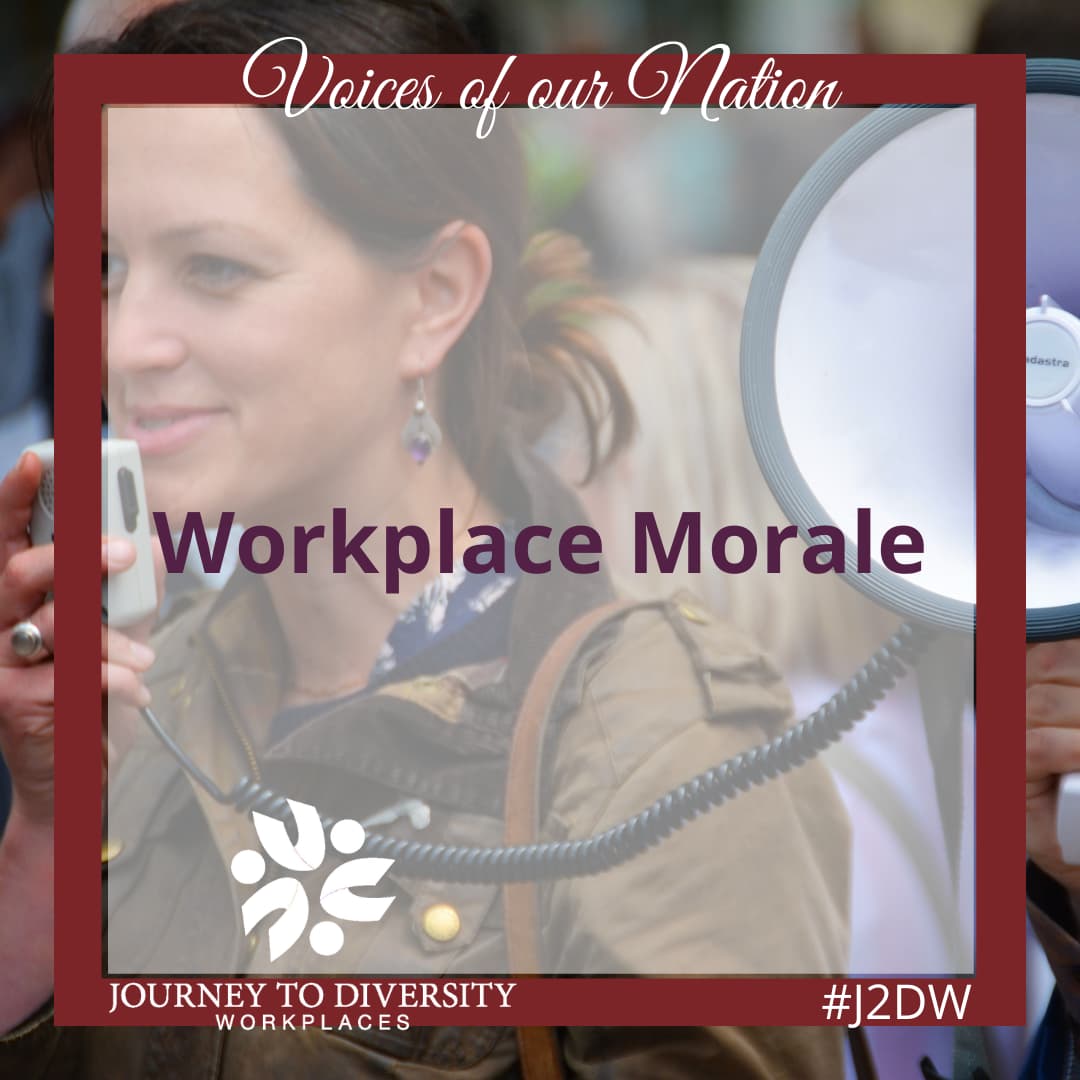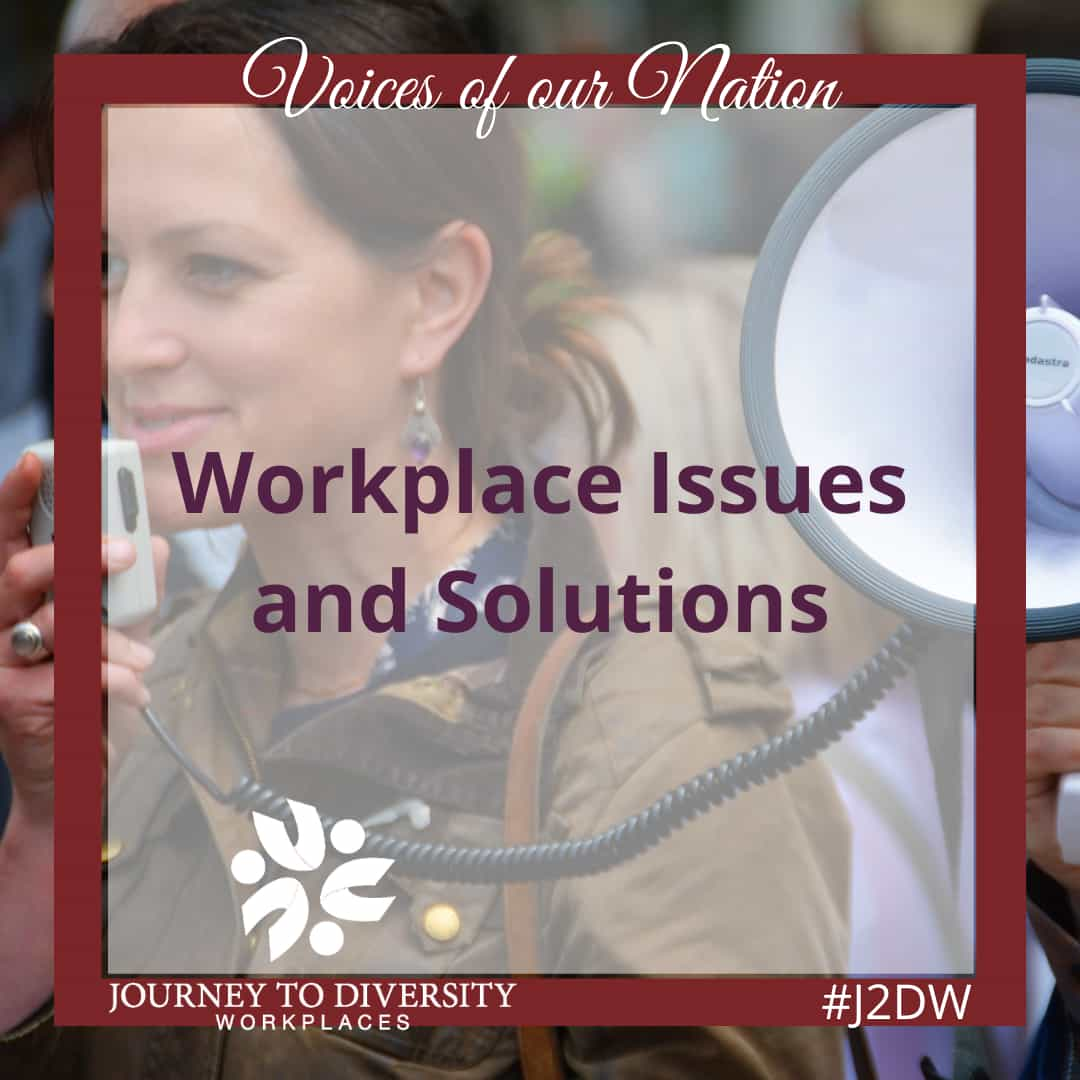Accessibility refers to the design of products, devices, services, or environments made available for people with disabilities. There are several types of accessibility issues that can act as a significant barrier within a workplace including physical, technological, and attitudinal accessibility issues. In order to have a fully inclusive workplace, a work environment must be created that is physically, technologically, and attitudinally accessible for all.
Physical barriers are the physical features of the workplace that are act as obstacles putting disabled people at a substantial disadvantage compared to non-disabled people. Some countries have legislation requiring physical accessibility. In Canada, relevant federal legislation includes the Canadian Human Rights Act, the Employment Equity Act, and the Canadian Labour Code. Workplaces must make reasonable adjustments to overcome the physical barriers for disabled people. Workplaces can do this by removing the physical feature altogether, changing the physical feature so it no longer creates a barrier, or providing a reasonable method of allowing disabled people to avoid using the physical feature so that it does not reduce a disabled person’s effectiveness by impeding disabled people from doing their job. Physical barriers need to be addressed to maximize the job performance of a workplace.
Technology is being used in almost every workplace to accomplish specific tasks. Technological advancements have changed the way employers and employees accomplish these tasks. Several workplaces are using various technologies to change the way their employees interact and communicate. Technology reduces human errors which can be caused by stress. Technology has also eliminated some workplace boundaries and can facilitate the quick movement of information across the world, which can accelerate decision making at the workplace.
Technology can also decrease the effectiveness of the workplace if employers and employees become lazy in their job performance. Technology can be expensive and some workplaces do not have the financial resources to implement the most modern technological advancements. Technology can be a significant distraction that can negatively affect the employers and employees. Some workplaces have decided to block access to specific websites, such as social networking websites, because of the unlimited distraction these websites can cause. Workplaces should decide whether the available technology will realistically increase productivity and also assist in accomplishing the specific goals of the workplace.
Attitudinal accessibility refers to eliminating attitudinal barriers that discriminate against people with disabilities. Attitudinal barriers include thinking that people with disabilities are inferior or assuming that a disabled person with a speech impairment never understands you. Discrimination is an action or a decision that treats a person or a group negatively based on their race, age or disability. Canadian employers are not allowed to discriminate against their employees. Employers are obligated to make every effort to accommodate an employee’s individual circumstances that relate to protected grounds of discrimination.
Discrimination can be decreased when there is awareness of the potential misconceptions or negative attitudes towards employees, including disabled persons, within the workplace. Employers must not discriminate on the basis of a disability or a perceived disability. Employers must make it clear that harassment in the workplace will not be tolerated. Harassment must be investigated and corrected as soon as employers become aware of it. An effort must be made to eliminate the various types of discrimination, and the associated social stigmas, that can exist in workplaces.
An accessible workplace effectively addresses the physical, technological, and attitudinal accessibility issues in the workplace. An accessible workplace can maximize productivity by eliminating barriers that can prevent people with disabilities from working to their potential. People with disabilities have skills, abilities and experience that can add value in the workplace. An assessment should be made of the accessibility barriers of the workplace. It is important for employers to be aware of accessibility issues and to make reasonable adjustments to meet the needs of employees within the workplace.
This article was contributed by volunteer blogger Shan Simpson, and edited by volunteer editor Parul Datta.






